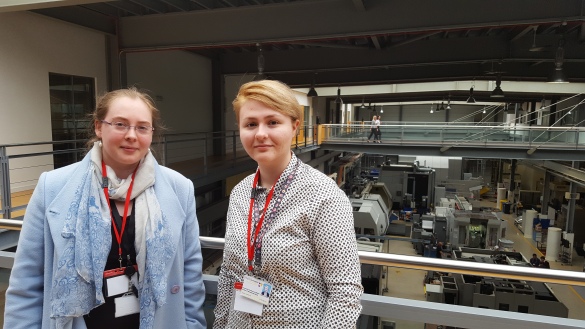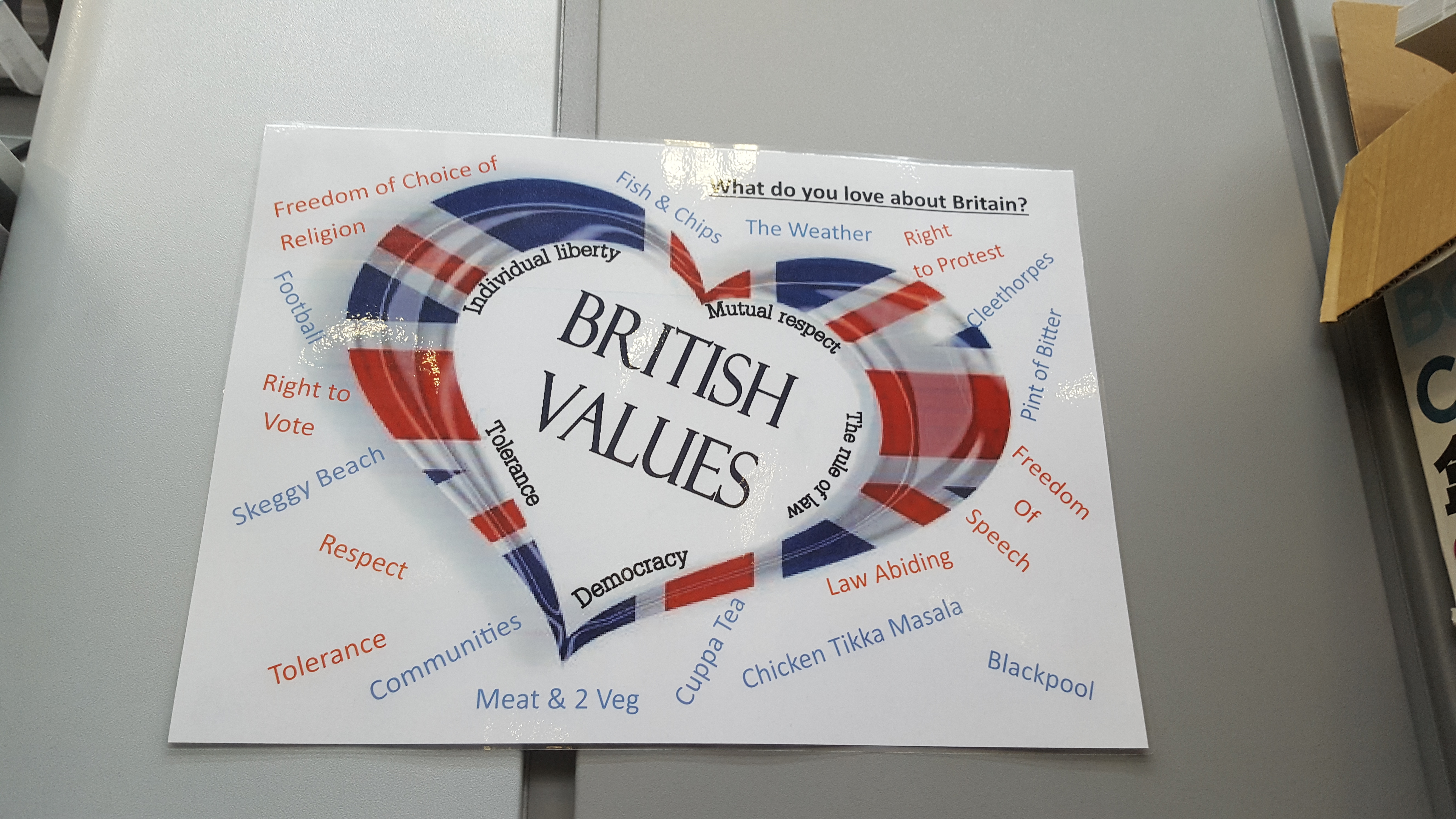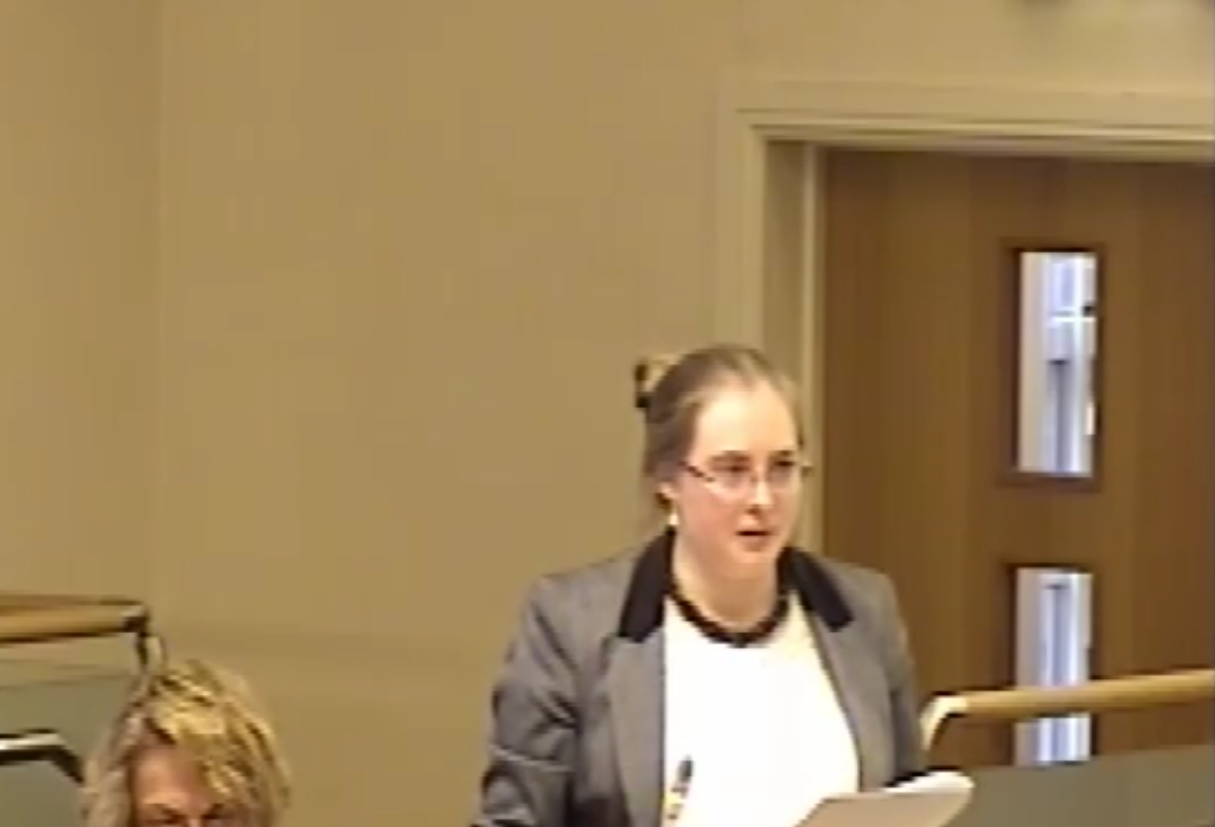

My website and photoblog with information on my work as a RMBC Labour Councillor for Rother Vale Ward

I wanted to share for posterity a speech I made giving the annual ‘thriving neighbourhoods’ update in Council last year.
I’m glad that attention is turning to ‘place making’ at what feels like an emerging national consensus for a time for renewal. The three critical elements of the environment, community and housing are something that has perhaps not been considered as it should have been until the result was deleterious enough. (‘So it is when a man’s body is a wreck he begins, for the first time, to talk about health.’ G.K. Chesterton, Heretics, 1906)
You can view it here: (at least until July 2020!)
And a transcript:
“One of the challenges for Rother Vale ward as a neighbourhood unit is with its
vast geographical spread and varied composition of different villages, hamlets
and communities. Are they one or several neighbourhoods? Do they work
together, or (as is often the case) do they compete?
Another challenge is understanding or attempting to define what is truly
meant by a neighbourhood. There’s no consensus answer in sociology,
philosophy or urban planning. Given then that neighbourhood is often an
artificial construct, meaning a variety of physical and social characteristics,
how can we objectively and consistently measure whether said
neighbourhoods are thriving, or deteriorating? This is a challenge for working
in a framework such as this, whereby we seek to empower local communities
with limited resources and demonstrating impact is fundamental.
Academic debate aside, most people feel they intuitively understand these
boundaries and measures, in the shape of either a ‘good neighbourhood’ with
friendly, neighbourly interactions, security, gathering places and a clean,
attractive environment – or in a “bad neighbourhood”, with dereliction, low
trust, anti-social interaction, and isolation.
People spend the majority of their lives in their neighbourhood. Particularly
the older generations whom travel for work less and are often physically less
mobile. An understanding of the mechanisms through which neighbourhood
environments affect people’s lives is a crucial issue for civic society as a whole.
For many in my ward, particularly in the former pit villages, workers have had
good reason to feel left behind, and have good reason to worry about
inequality, corporate power and whether our government are even listening. I
stand by and with those whom consider it the raw end of a deal; a broken
settlement, where London gets a lot and the North, and Rotherham, gets little.
The local reflects the national picture in this respect.
A study has shown that for people living in deprived areas, the quality and
aesthetics of neighbourhoods are associated with mental wellbeing, but so too
are feelings of respect, status and progress that may be derived from how
places are created, serviced and talked about by those who live there.
Interventions that lead to a sense that the community has been ‘invested in,’
may have potential to improve quality of life, neighbourhood pride, and
perhaps facilitate health behaviour change for people.
The projects and initiatives that we as councillors are able to effect within the
parameters of neighbourhood working may be modest. Nevertheless the many
qualities that combine to create a thriving neighbourhood are interwoven and
mutually dependent, and a small, inexpensive, local initiative can have an
outsize effect. We have endeavoured to bring about projects with Rother Vale’s
people in heart and mind. When it comes to neighbourhood well-being, it’s all
connected, and support for (or neglect of) one affects all the others.
To conclude, we must never forget that governments, including local ones, are
elected by a specific people in a specific place, and must meet the people’s
needs – including the most important of their needs, which is the need to be
bound to their neighbours in a relation of trust. Most people don’t only think
about GDP, they care deeply about things like identity, community, belonging
and tradition. And they are driven by things like recognition, voice and
dignity.
Perhaps this is the threshold of knowing what we aim for with thriving
communities.”
https://www.gov.uk/government/consultations/permitted-development-for-shale-gas-exploration
I am very much against this and would seek for government to withdraw this proposal on the grounds that it is a misuse of the planning system and is not comparable activity to the small developments – like minor extensions, garden sheds or erecting a fence – that are normally considered under permitted development.
There’s no justification for bypassing the locally democratic planning system for this intrusive activity, the consequences of which are not fully understood and so I encourage all to make their voices heard through the public consultation.

Today I had an illuminating visit to the AMP in Waverley in a tour with fellow elected members.
Getting a more in in-depth brief on the history, scope and vision of the park was truly eye opening and I am really proud in the knowledge that we have the UK’s premier advanced manufacturing technology park in our town of Rotherham!
It really is a lasting legacy to the region and fantastic use of the former open cast mine site that so easily could have been resigned to one more forlorn South Yorkshire brownfield site were it not the original vision back in 2005.
There are over 40 companies currently on site and the remit is pretty amazing; aerospace and automotive engineering, energy, biomedical engineering, oil and gas, defense, sports and construction to name a few. The site caters from the incubation period with support for start ups and small business right through to established giants of industry such as Boeing and Rolls Royce.
We had a walkaround the shop floor at the Advanced Manufacturing Research Centre, where there was a strictly no photos policy however Cllr Wilson and I were allowed this sneaky shot from up on the walkway.

The latest company to announce arrival was of course supercar manufacturer McLaren, whom are building a £50m chassis factory on site creating 200 jobs. They’ve committed to creating apprenticeships immediately also.
Speaking of apprenticeships next we were shown around the AMRC training centre – working home of the 100+ apprentices. It has been said that the governments modern apprenticeship offer is not always substantial and that there is a risk that some apprentices aren’t getting quality placements.
I am glad to say that is definitely not the case here at the AMRC! All the apprentices have robust routes for progression to higher qualifications, including the BEng and are taken seriously and are valued by their sponsoring employers from day 1. Having been shown round the shopfloor and seen the different production cells and machinery as well as classrooms and labs, I came away very impressed by the quality of placement and with the support offer from staff.
To finish, I loved this sign made and hung up by the apprentices on the shop floor – British values by Rotherham apprentices:

“Rotherham is not served at all by the proposals, but suffers the devastating impact of the line.”
I was pleased today to read in full Rotherham’s formal response to the HS2 consultation. Our reply from Cllr Chris Read, leader of Rotherham Council outlined fully the reasons why RMBC continues to back the Meadowhall option and not support the proposal to amend the route.
This was of course in line with the Council’s resolution of 7th September 2016 which states that:
“This council resolves to:
In the full council meeting of 7th December I had questioned the Leader on progress made since the Council resolution as I wanted to ensure that the concerns of Rother Vale residents were being heard, in particular since the Government updated the Sustainability Statements in November of that year, highlighting detrimental noise and visual impacts on the villages of Thurcroft and Brampton-en-le-Morthen in particular.

You can view the exchange here: http://rotherham.public-i.tv/core/portal/webcast_interactive/257164
I continue to support residents who do not want this proposal and agree that it is essential that the government re-thinks what they are doing before they cause even more damage to communities.
I finally made time to work on my website which I hope people will find useful and interesting! Here I intend to publish many of the photos I take as I go about Council business as well as daily life. I also will use it to keep residents in Rother Vale ward informed of my work as much as possible.